Inside The New York Botanical Garden
Posted in Science on January 11 2013, by Scott Mori
Scott A. Mori has been studying New World rain forests for The New York Botanical Garden for over 35 years. He has witnessed an unrelenting reduction in the extent of the tropical forests he studies and as a result has become interested in the ecosystem services provided by them.
Manisha Sashital, a student in Environmental Engineering at Carnegie Mellon University, worked on a botanical glossary under the supervision of Dr. Mori as an intern at the Garden this past summer.
 Just like languages, the sciences have vocabularies that must be mastered before their literature can be understood. Without understanding vocabulary, one cannot speak or write a language—just like one can not understand the morphology and anatomy of plants; their ecological relationships with other plants and animals; and their interactions with the environment in which they live without understanding the terms that describe the features of plants and their interactions. Learning the terminology of Botany is frustrating to beginners and experienced botanists alike because the vocabulary is vast, there are many synonyms for the same terms, and terms are a combination of Latin, Greek, and English words. There are numerous botanical glossaries available, for example the classics: A Glossary of Botanical Terms by B. D. Jackson and Botanical Latin by William T. Stern, and too many others to mention in this blog. Why then is there a need for another glossary?
Just like languages, the sciences have vocabularies that must be mastered before their literature can be understood. Without understanding vocabulary, one cannot speak or write a language—just like one can not understand the morphology and anatomy of plants; their ecological relationships with other plants and animals; and their interactions with the environment in which they live without understanding the terms that describe the features of plants and their interactions. Learning the terminology of Botany is frustrating to beginners and experienced botanists alike because the vocabulary is vast, there are many synonyms for the same terms, and terms are a combination of Latin, Greek, and English words. There are numerous botanical glossaries available, for example the classics: A Glossary of Botanical Terms by B. D. Jackson and Botanical Latin by William T. Stern, and too many others to mention in this blog. Why then is there a need for another glossary?
The answer is that electronic glossaries provide those with an interest in botany access to more information than hard copy publications. For example, electronic glossaries can be illustrated with more images than hard copy publications because of the high costs of printing, especially of images in color, and they can be immediately corrected when a mistake is brought to the attention of the authors. Electronic glossaries are instantaneously available to anyone with a connection to the internet, and links can be made to definitions of other terms related to a particular term under consideration. In addition, electronic glossaries can be attached to electronic keys to break down complex terminology used to identify unknown plants; for example, if a choice in a key asks if the ovary of a flower is superior or inferior, a link can be provided to these terms in a glossary where they are defined and illustrated.
Read More
Posted in Around the Garden, Photography on January 11 2013, by Matt Newman
It’s 40 degrees and, for now, we can see the sun, but we’re still ringing in the weekend with snowflakes. Happy Friday, everybody!
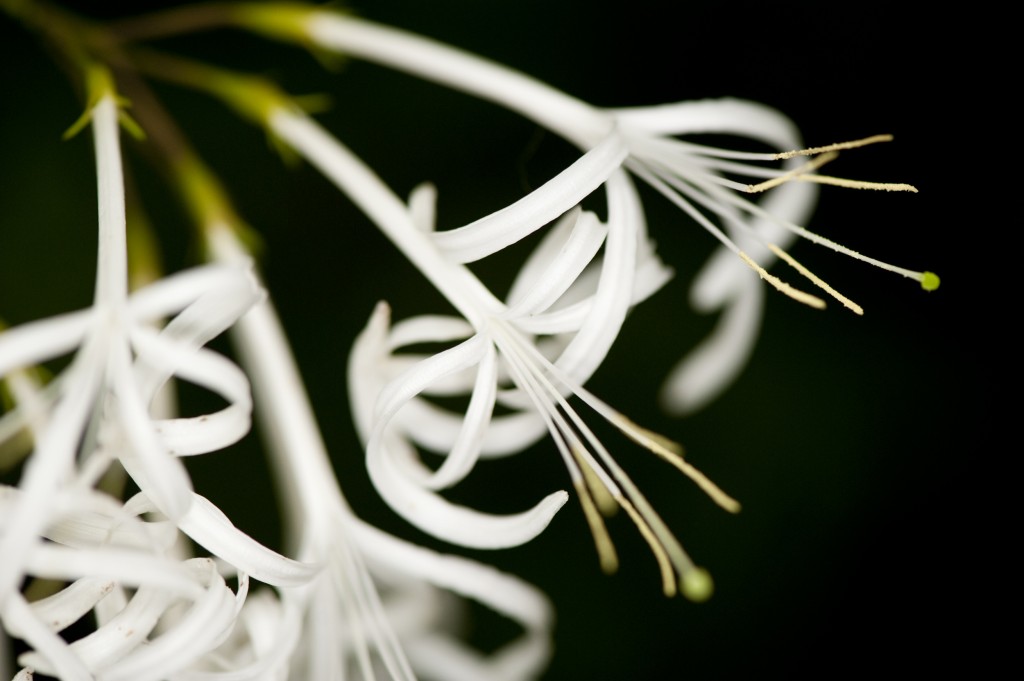
Exostema lineatum — Photo by Ivo M. Vermeulen
Posted in Programs and Events on January 10 2013, by Matt Newman
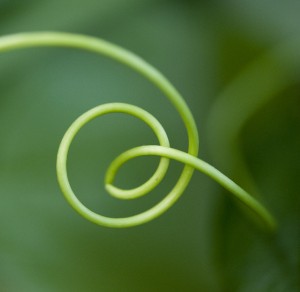 There are a few caveats to that whole “winter’s majesty” thing. First, and this is one I learned not long ago, don’t wander out into a howling snow storm in leather-soled captoes unless ice-skating to the subway sounds fun. Second, that majesty only lasts for as long as it takes you to start shivering. And while living in the northeast means skiing, sledding, and all the joy of pristine white mornings, so often it seems easier to coop yourself up inside and listen to the snowflakes dusting your bedroom window. But! And I emphasize this: there’s a way to stay warm and enjoy what mother nature has to offer in New York City. If I told you that the NYBG offered a slice of summer during the frostiest time of year, would you believe me?
There are a few caveats to that whole “winter’s majesty” thing. First, and this is one I learned not long ago, don’t wander out into a howling snow storm in leather-soled captoes unless ice-skating to the subway sounds fun. Second, that majesty only lasts for as long as it takes you to start shivering. And while living in the northeast means skiing, sledding, and all the joy of pristine white mornings, so often it seems easier to coop yourself up inside and listen to the snowflakes dusting your bedroom window. But! And I emphasize this: there’s a way to stay warm and enjoy what mother nature has to offer in New York City. If I told you that the NYBG offered a slice of summer during the frostiest time of year, would you believe me?
Soon, it won’t be that hard to wrap your head around! As the snow comes falling and you’re waging war on the ice coating your windshield, the Enid A. Haupt Conservatory‘s yearly Tropical Paradise will become New York City’s go-to escape for a little warmth, music, and relaxation in the rain forest. And, yes, I do mean rain forest. Our Victorian glasshouse remains an iconic landmark, representing not only New York’s architectural history, but over a century of botanical expertise. Inside, you’ll join our expert docents for tours of the Conservatory’s permanent collection, including soaring palm trees, alluring tropical flowers, and the many joys and oddities that thrive in our misty rain forests.
Read More
Posted in Around the Garden, Photography on January 10 2013, by Matt Newman
It’s seldom we get to show off the other raptor residents of the NYBG, but with the Great Horned Owls and the Red-tailed Hawks so ready to snap up the spotlight, it’s not too surprising. Thankfully, Pat Gonzalez has her eye out when everyone else is preoccupied; this Cooper’s Hawk seems all too willing to strike a regal pose for her lens.
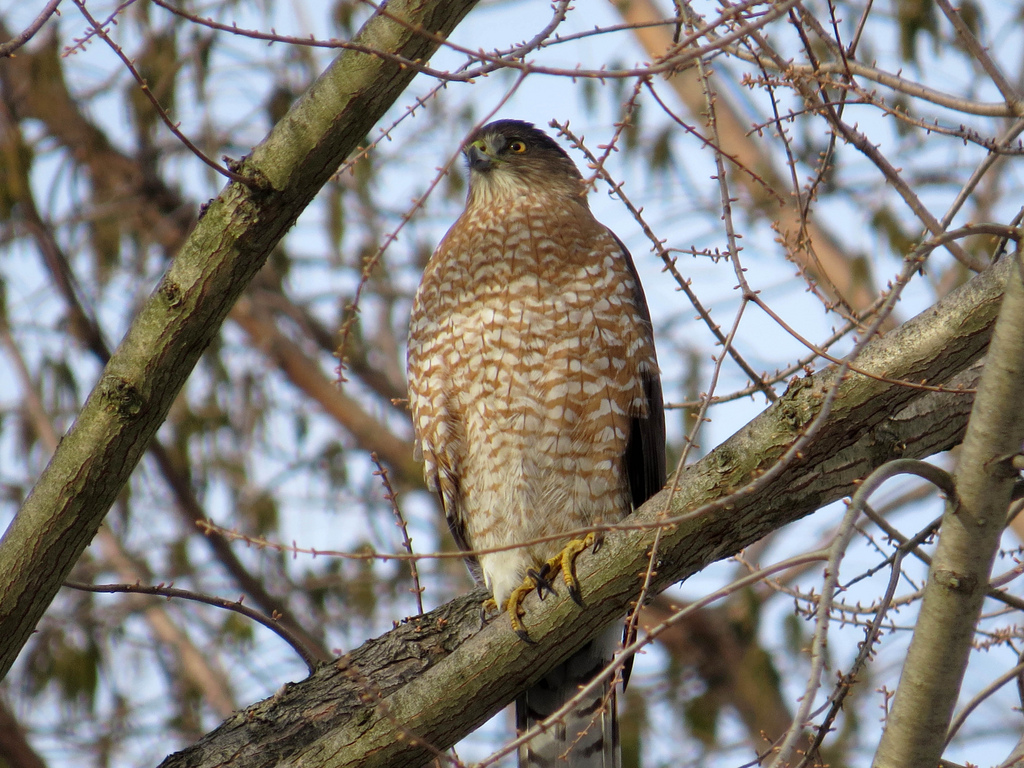
Photo by Patricia Gonzalez
Posted in Around the Garden, Photography on January 9 2013, by Matt Newman
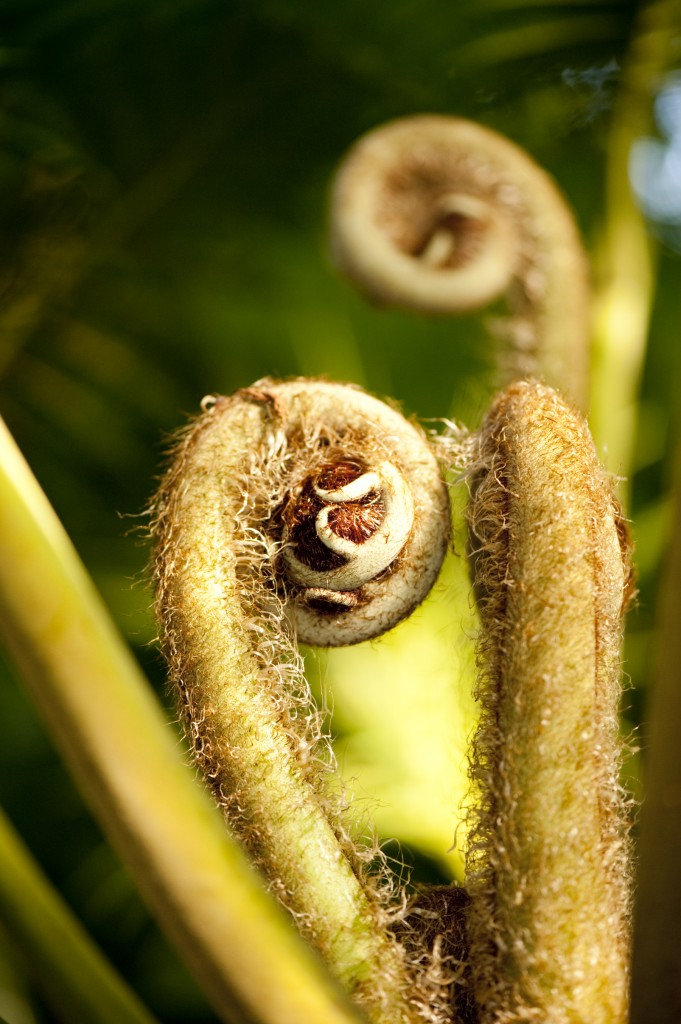
Photo by Ivo M. Vermeulen
Posted in Gardening Tips on January 8 2013, by Sonia Uyterhoeven
Sonia Uyterhoeven is the NYBG‘s Gardener for Public Education.
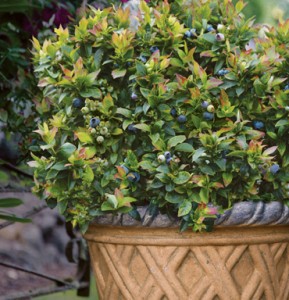 Last week I introduced you to a few new dwarf blueberry and raspberry cultivars that are on the market this year: blueberry Vaccinium corymbosum ‘Jelly Bean’, blueberry Vaccinium corymbosum ‘Peach Sorbet’, and raspberry Rubus idaeus ‘Raspberry Shortcake’. This week I would like to tell you more about Dave Brazelton, the hybridizer behind these plants, and share a few pointers for growing dwarf berries of your own.
Last week I introduced you to a few new dwarf blueberry and raspberry cultivars that are on the market this year: blueberry Vaccinium corymbosum ‘Jelly Bean’, blueberry Vaccinium corymbosum ‘Peach Sorbet’, and raspberry Rubus idaeus ‘Raspberry Shortcake’. This week I would like to tell you more about Dave Brazelton, the hybridizer behind these plants, and share a few pointers for growing dwarf berries of your own.
During a summer spent working on his cousin’s blueberry farm in New Hampshire, Dave fell in love with the business. He excelled in the field and was the first overzealous employee to hand-harvest more than 1,000 pounds of berries in one day. Years later, when he was married and working as a veterinary technician, Dave and his wife Barbara decided to realize their dreams and buy a blueberry farm and nursery. They found a 25-acre blueberry farm in Lowell, Oregon, that they purchased in 1978.
Since then, the farm has grown from a retail operation and a landscaping business to a wholesale nursery, with one of the top blueberry breeding programs in the industry.
Read More
Posted in Around the Garden, Photography on January 8 2013, by Matt Newman
No worries! The Holiday Train Show is still chugging merrily along in the Enid A. Haupt Conservatory, and it will continue to do so through this coming Sunday–January 13. But after that, we’re moving on to other things. Make time while you still can!
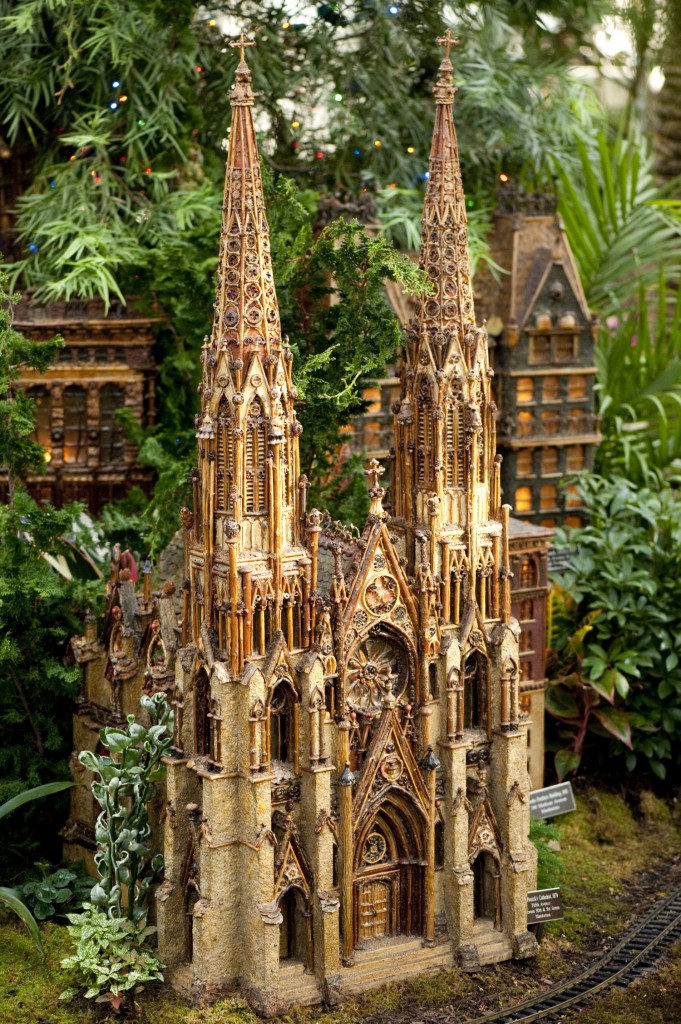
Photo by Ivo M. Vermeulen
Posted in Programs and Events on January 7 2013, by Matt Newman
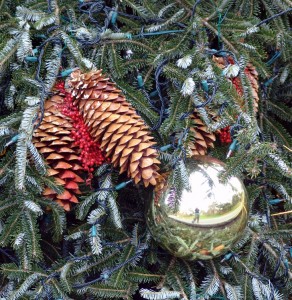 If you’ve got a Christmas tree looking all the worse for wear as the days drag out past the holiday, you’re not the only procrastinator in the city. And that’s good! Because by the time you’re fed up with watching your cat spelunk in the branches, raining dry pine needles across the whole of your living room, New York’s annual MulchFest will be ready to accommodate you. So don’t drag that saggy conifer to the curb just yet!
If you’ve got a Christmas tree looking all the worse for wear as the days drag out past the holiday, you’re not the only procrastinator in the city. And that’s good! Because by the time you’re fed up with watching your cat spelunk in the branches, raining dry pine needles across the whole of your living room, New York’s annual MulchFest will be ready to accommodate you. So don’t drag that saggy conifer to the curb just yet!
Taking place throughout the boroughs at the turn of each year, MulchFest is the most environmentally friendly means of disposing of your Christmas tree in NYC. Not only will it save room at the local dump (to say nothing of easing your garbage man’s frustrations), but delivering your tree to one of the many MulchFest locations will serve to nourish living plantings throughout the metropolitan area. At last year’s event, over 24,000 trees were recycled into mulch, smashing the previous record by a wide margin. And if you like, some of that mulch can be bagged and hauled home for use in your own garden–completely free of charge.
Read More
Posted in Around the Garden, Photography on January 7 2013, by Matt Newman
2013 is a clean slate for everyone. But don’t be fooled–this pristine petal is doubtless surrounded by a kaleidoscope of the old and the new in the Nolen Greenhouses for Living Collections.
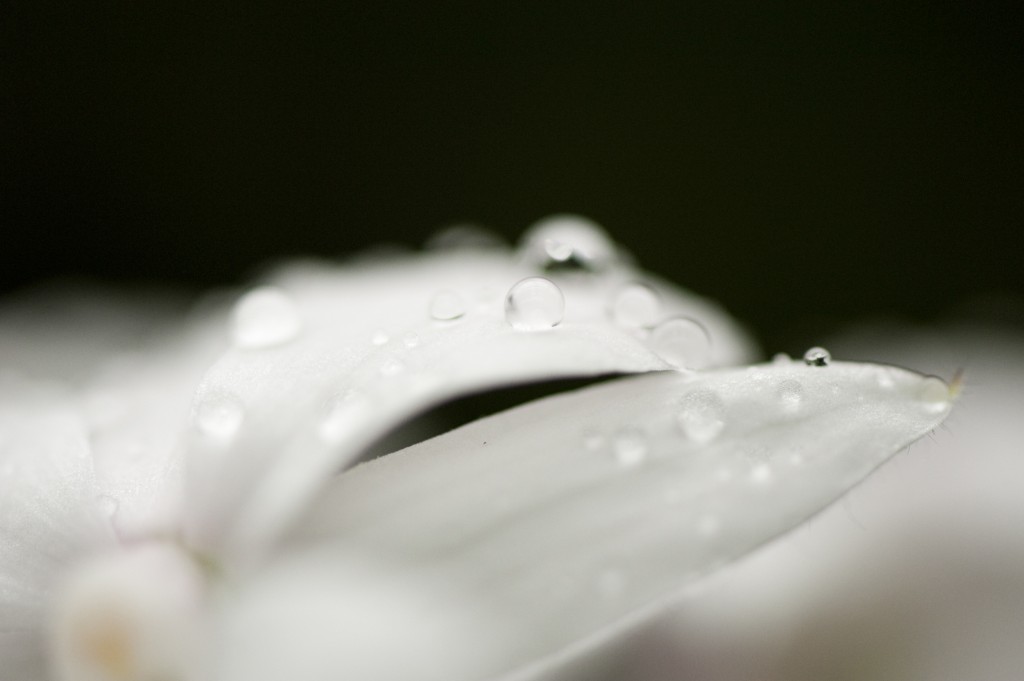
Photo by Ivo M. Vermeulen
Posted in Around the Garden, Photography, Wildlife on January 6 2013, by Patricia Gonzalez
It was a lovely Tuesday morning with cloudless blue skies. I had about an hour and a half before my shift at the NYBG began, so I decided to try my luck spotting a young Red-tailed Hawk that I’d been photographing for weeks. I believe that this is one of the three hawks born earlier this year at the Fordham University nest. His mom is Rose, who I’ve been photographing since 2008. After walking the forest for about an hour, I exited near the Wetlands Trail, where I soon saw my friend. He tried his darnedest to take on a squirrel inside the twisted snag, which resulted in a hilarious game of hawk and mouse with the squirrel living to eat peanuts another day.
I also had an opportunity to shoot a little video of the pair in action, which you can see here.
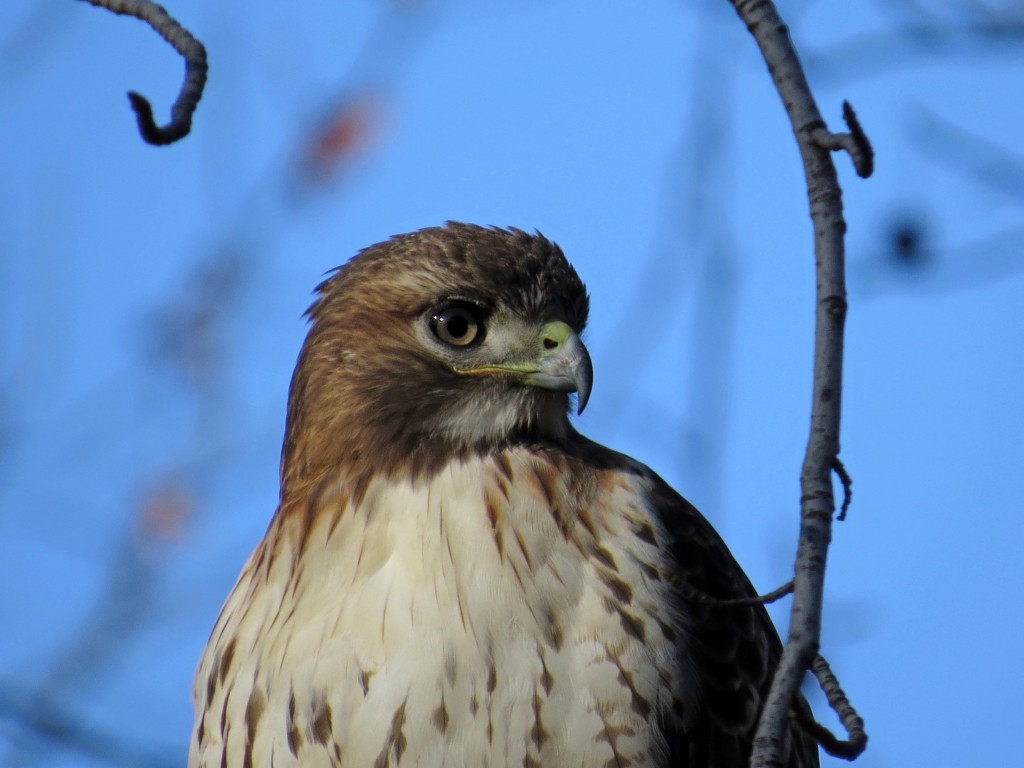
Photo by Patricia Gonzalez
 Just like languages, the sciences have vocabularies that must be mastered before their literature can be understood. Without understanding vocabulary, one cannot speak or write a language—just like one can not understand the morphology and anatomy of plants; their ecological relationships with other plants and animals; and their interactions with the environment in which they live without understanding the terms that describe the features of plants and their interactions. Learning the terminology of Botany is frustrating to beginners and experienced botanists alike because the vocabulary is vast, there are many synonyms for the same terms, and terms are a combination of Latin, Greek, and English words. There are numerous botanical glossaries available, for example the classics: A Glossary of Botanical Terms by B. D. Jackson and Botanical Latin by William T. Stern, and too many others to mention in this blog. Why then is there a need for another glossary?
Just like languages, the sciences have vocabularies that must be mastered before their literature can be understood. Without understanding vocabulary, one cannot speak or write a language—just like one can not understand the morphology and anatomy of plants; their ecological relationships with other plants and animals; and their interactions with the environment in which they live without understanding the terms that describe the features of plants and their interactions. Learning the terminology of Botany is frustrating to beginners and experienced botanists alike because the vocabulary is vast, there are many synonyms for the same terms, and terms are a combination of Latin, Greek, and English words. There are numerous botanical glossaries available, for example the classics: A Glossary of Botanical Terms by B. D. Jackson and Botanical Latin by William T. Stern, and too many others to mention in this blog. Why then is there a need for another glossary?








